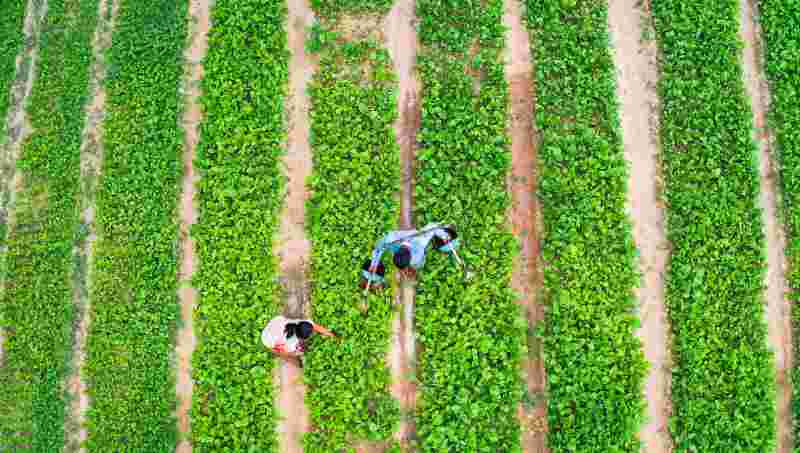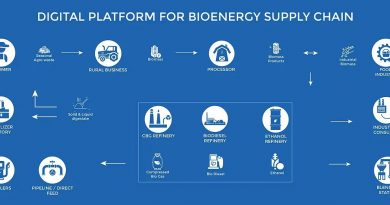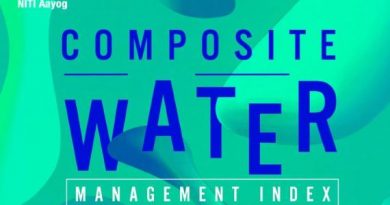Govt launches Digital Crop Survey for Better Sowing Data Collection
 Digital Crop Survey Sustainable Agricutlture Organic Farming
Digital Crop Survey Sustainable Agricutlture Organic Farming
The Central Government has initiated a digital crop survey on a pilot basis in 12 states during the Kharif season of this year to enhance the collection of accurate sowing data. The Kharif season refers to the monsoon season cropping.
The Union Agriculture Minister Narendra Singh Tomar informed the Lok Sabha in a written reply that the pilot on Digital Crop Survey (DCS) was launched in the 12 states from Kharif 2023. The Digital Crop Survey reference application has been developed as an open source, open standard, and interoperable public good.
Tomar further stated that the survey utilizes geo-referenced cadastral maps with Geographic Information System (GIS) and Global Positioning System (GPS) Technologies to precisely identify the farmland positions.
The 12 states chosen for the pilot Digital Crop Survey are Madhya Pradesh, Karnataka, Telangana, Andhra Pradesh, Uttar Pradesh, Rajasthan, Tamil Nadu, Maharashtra, Odisha, Assam, and Telangana. The selection was based on their preparedness, considering prerequisites like geo-referencing of village maps and digitized Record of Right (RoR) with ownership extent.
The main objective of the Digital Crop Survey project is to establish a single and reliable source of truth regarding crop sown data. This will be valuable for accurate crop area estimation and the development of farmer-centric solutions, according to Tomar.
The minister said – in connection with Digital Crop Survey – that the Indian Space Research Organisation (ISRO) has launched Resourcesat-2A, Radar Imaging Satellite (RISAT) 1A (Earth Observation Satellite-04) in polar orbits, and Indian National Satellite (INSAT) 3D, INSAT-3DR in geostationary orbits. The objective of ISRO is to support various agricultural activities, such as assessing the total area under cultivation, damage from natural calamities and disease attacks, and providing agro-meteorological services across India.
The use of technology is expected to augment the government efforts to get real time and accurate sowing data so that would help the food security of the country. Presently, the government is solely dependent on village-level surveys. The government officials and agricultural extension workers collect data at the village level through surveys. These surveys may include information about the crops being sown, the area under cultivation, types of crops, and other relevant details.




